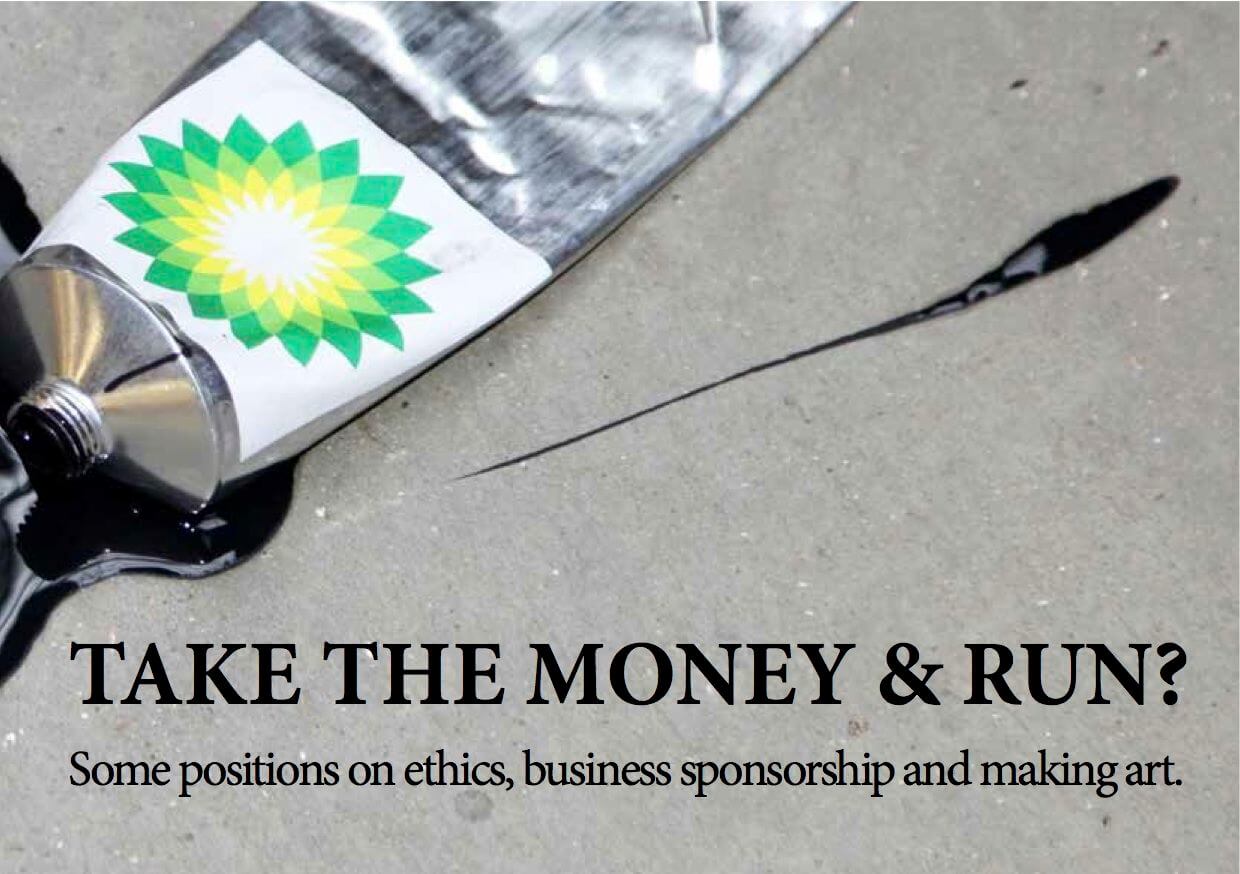 This week, together with Live Art Development Agency, we are launching a beautiful print and e-version of the Agency’s Study Room Guide ‘Take the money and run? Some positions on ethics, business sponsorship and making art’. The Guide was commissioned by the Agency from Platform, and I took up the interesting task of choosing and reviewing some key texts that can help artists and creatives find their own path through this complex territory. The chosen texts and wider bibliography don’t aim to be a comprehensive survey but I tried to give a provocative selection of very readable texts that can get your juices flowing. They got mine going, which was a start. We tried out the Study Room Guide with a group of people who signed up for a Reading Group at the Agency in 2012, and we are interested doing more live work with it. Get in touch if you are interested.
This week, together with Live Art Development Agency, we are launching a beautiful print and e-version of the Agency’s Study Room Guide ‘Take the money and run? Some positions on ethics, business sponsorship and making art’. The Guide was commissioned by the Agency from Platform, and I took up the interesting task of choosing and reviewing some key texts that can help artists and creatives find their own path through this complex territory. The chosen texts and wider bibliography don’t aim to be a comprehensive survey but I tried to give a provocative selection of very readable texts that can get your juices flowing. They got mine going, which was a start. We tried out the Study Room Guide with a group of people who signed up for a Reading Group at the Agency in 2012, and we are interested doing more live work with it. Get in touch if you are interested.
The piece comes from an overtly critical position, a position which first and foremost questions the motives of businesses who get involved in sponsorship of the arts, and of governments who promote this form of cultural funding, such as ours in the UK right now. Our own experience of long-term research into oil company sponsorship informs the Guide: precisely who is getting more out of the Tate/BP relationship, for example? We would argue that far from Tate needing BP’s relatively small-scale support, BP’s activities are legitimated and normalised by Tate. This ‘brand enhancement’ is worth its weight in gold to any controversial sponsor.
Below are some extracts on the texts to give a flavour. Share your feedback with us, and send us any new texts we should know about. You can also download the publication for free, buy a hard copy from the LADA online bookshop, and come to an event on Thursday the 18th of April where we’ll be launching it.
Art for All: Their Policies and Our Culture
First of all, although the focus is on corporate sponsorship, 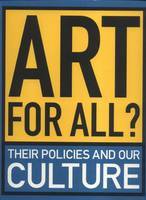 it’s useful to problematise the State as arts funder, as at extremes, the state can be as pernicious if not more so than business. And Mary Warnock and Mark Wallinger’s edited epic is a really accessible guide, produced during Blair era Britain where the arts were on the one hand in a Golden Age of state funding, and on the other, were forced to demonstrate their instrumental, social benefit in solving various ills identified by New Labour if they wanted a slice of the pie. Warnock and Wallinger have selected source documents to assist the arts to find a position.
it’s useful to problematise the State as arts funder, as at extremes, the state can be as pernicious if not more so than business. And Mary Warnock and Mark Wallinger’s edited epic is a really accessible guide, produced during Blair era Britain where the arts were on the one hand in a Golden Age of state funding, and on the other, were forced to demonstrate their instrumental, social benefit in solving various ills identified by New Labour if they wanted a slice of the pie. Warnock and Wallinger have selected source documents to assist the arts to find a position.
Beautifully designed and full of facsimiles of fascinating policy documents as well as invited polemical texts and artworks submitted by current artists and commentators, ‘Art for All’ is an incredibly useful compendium on the minefield surrounding state ideology and the arts, especially with regard to instrumentalism: funding arts to fulfil a social engineering agenda. […]
Using Art to Render Authenticity in Business
You’re not supposed to read this one. You’re not the target reader. So that’s why you need to.[…] 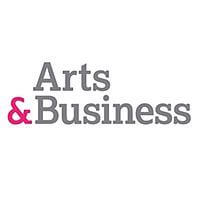
Out of the many publications which could be selected for the Study Room, we chose this one because of the starkness of the title. ‘Using Art to Render Authenticity in Business’ comes from two economists James Gilmore and Thomas Pine, whose books ‘The Experience Economy: Work Is Theater & Every Business a Stage’ (1999) and ‘Authenticity: What Consumers Really Want’ (2007) were totally innovative and have made a big impact on business practice. Their phrase ‘experience economy’ has entered business language, so we should perhaps fear what they hope for below…
Whether examining the world of business or the world of art, authenticity is becoming the new consumer sensibility…While authenticity has long been the centre of attention in art, it is now time for companies to understand, manage and excel at rendering authenticity.
Indeed, ‘rendering authenticity’ will one day roll as easily off the tongue among executives and managers as ‘controlling costs’ and ‘improving quality’… The management of the customer perception of authenticity becomes the primary new source of competitive advantage – the new business imperative.
(p12/13, their emphases)
The chapter goes on to present models and definitions that flesh this out. There is quite a lot of jargon which means that some of the time, it feels like a form of hypnosis, or perhaps the ‘doublethink’ of Orwell’s dystopia. The recognition that it is all about framing and perception is not new in business of course. What is new and scary for the arts is that A&B are promoting this to prospective arts sponsors at a time when the arts are vulnerable, being pushed towards sponsorship from behind.
The central issue at stake is the complete hijacking of ‘authenticity’. Authenticity cannot be rendered, manufactured, or faked. It cannot be delivered. It cannot be guaranteed. A myriad of factors create authenticity, and any one factor which is out of kilter can take it away. More importantly, it is also a matter of who is doing the judging. What’s authentic for you may not be for me – which is precisely the point. […]
If you read one thing, read this. If you can read two things, read this and ‘Using Art to Render Authenticity’ above, back to back.
US-based artist Hans Haacke and sociologist Pierre Bourdieu 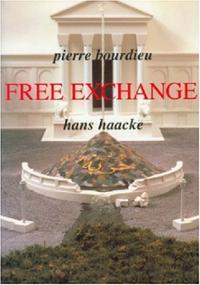 first published this highly readable conversation on the impact of sponsorship and censorship on the arts in 1995. This era, as mentioned above, was a decade of furious struggle in the USA over ethics, federal funding, censorship, and private sector sponsorship, and sets a vivid context for their exchange. Haacke’s art practice is to take on and unpick systemic structure of power – be they state, business or culture – and reveal them through visual/sculptural interventions, subversion of signs and codes. Bourdieu’s is to create analyses of how power operates and his ideas on cultural, social and symbolic capital, and symbolic violence have influenced a generation.
first published this highly readable conversation on the impact of sponsorship and censorship on the arts in 1995. This era, as mentioned above, was a decade of furious struggle in the USA over ethics, federal funding, censorship, and private sector sponsorship, and sets a vivid context for their exchange. Haacke’s art practice is to take on and unpick systemic structure of power – be they state, business or culture – and reveal them through visual/sculptural interventions, subversion of signs and codes. Bourdieu’s is to create analyses of how power operates and his ideas on cultural, social and symbolic capital, and symbolic violence have influenced a generation.
Haacke may have been more quiet of late (he is nearly 80), but his many infamous pieces affronted and disrupted the artworld’s closed circuits in the 1980s and 90s. For example, ‘Metromobiltan’ (1985) and ‘Freedom is now going to be sponsored – out of petty cash’ (1989) were political dynamite. In these pieces he takes on respectively former oil giant Mobil, and Daimler-Benz (as it was called then), as well as questioning state oppression and national institutions. […]
Privatising Culture, Corporate Art Intervention since the 1980s
This book is a key text. Quite simply it is brilliant, 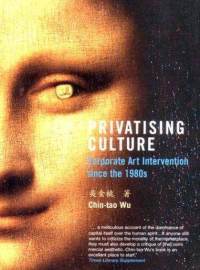 a tour de force packed full of brilliantly useful case studies and analysis. As Art Review put it ‘Wu has written as good account as you will find of the sly, disingenuous ways in which free-market capitalism infiltrates art.’. It has the same momentum as a thriller, which says a lot. Part of the thriller quality is the sheer, jaw-dropping nature of the quotations that Wu has gathered, from executives and corporates themselves, on the role of arts sponsorship for business.
a tour de force packed full of brilliantly useful case studies and analysis. As Art Review put it ‘Wu has written as good account as you will find of the sly, disingenuous ways in which free-market capitalism infiltrates art.’. It has the same momentum as a thriller, which says a lot. Part of the thriller quality is the sheer, jaw-dropping nature of the quotations that Wu has gathered, from executives and corporates themselves, on the role of arts sponsorship for business.
Chin-Tao Wu mainly focuses on the visual arts in Britain and the USA,, and takes us up to 2002, but what she reveals through careful research is absolutely critical for us today, wherever in the world you are from, and regardless of artform.
Not if but When: Culture Beyond Oil (free download)
If an in-depth case study is what you’d like to get your teeth into, 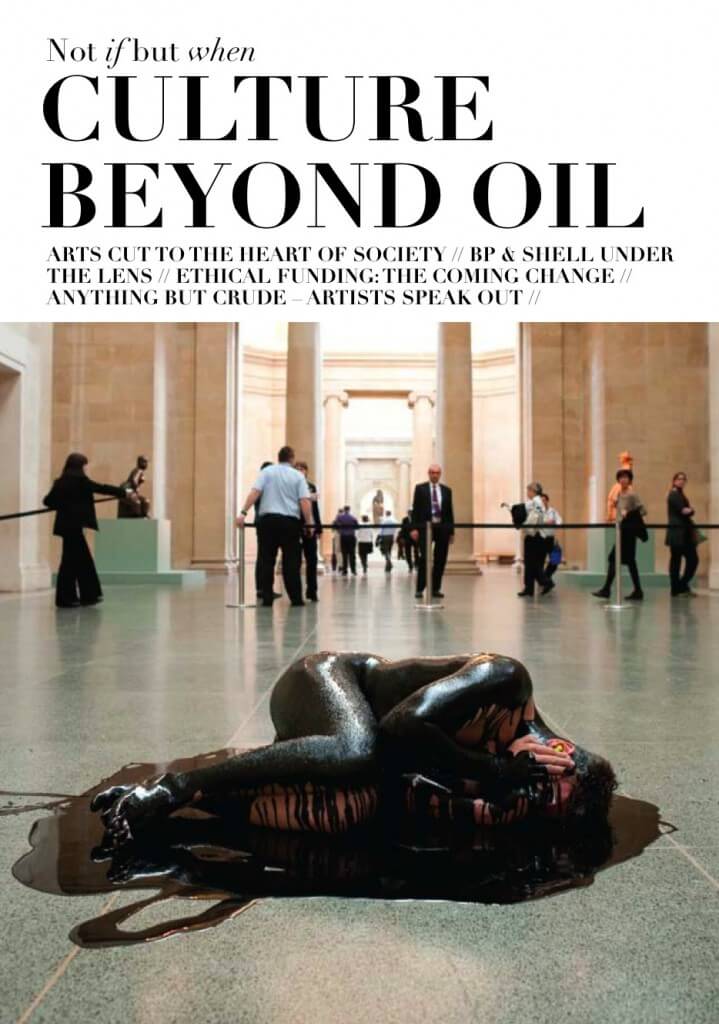 ‘Not if but When’ is a useful and provocative tool.
‘Not if but When’ is a useful and provocative tool.
This is a publication which takes one sector – oil & gas – and one company – BP – and puts the motivations behind their arts sponsorship under scrutiny. It asserts that BP has far more to gain from such sponsorship than the arts organisations in question. It refutes that in times of Arts Council cuts we should run to the corporates regardless of their business ethics. ‘Not if but When’ is grounded in analysis from environmental and human rights campaigners who work with communities affected by BP’s industry, and on climate change. It couples that with the analysis of artists and cultural workers who are dedicated to ethical practice, concerned at corporate infiltration of the arts, and who wish to see our much-loved institutions cleared from implication in the devastation caused by company’s such as BP.
[This last one was coordinated and produced by Platform in 2011, in collaboration with Liberate Tate and Art Not Oil]